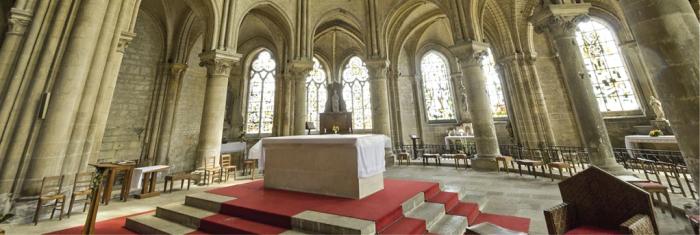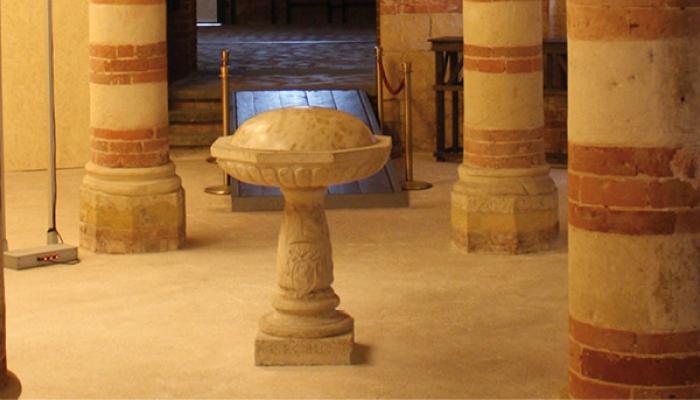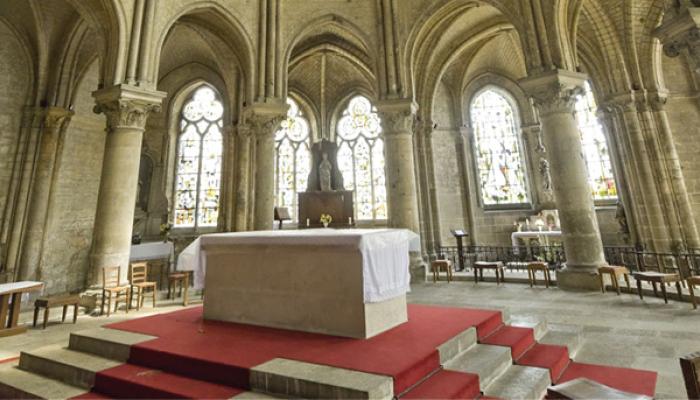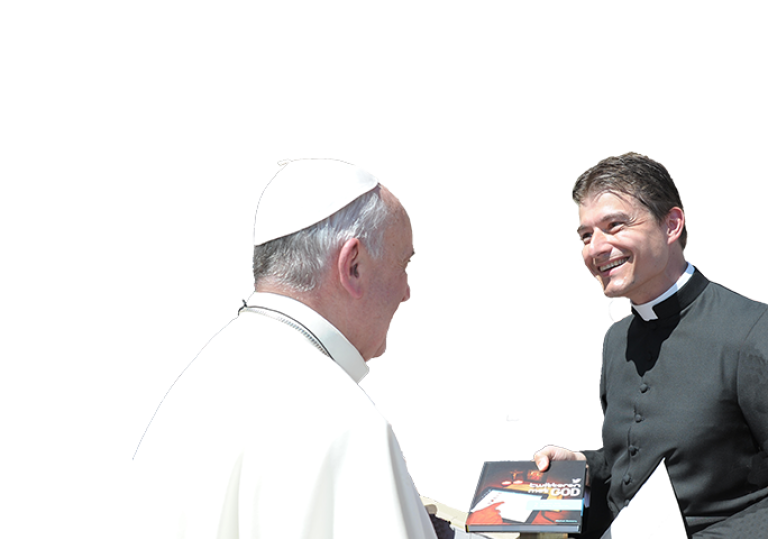
3.21 What are the most important things in a church?
Three objects play such an important role in the Mass that they have been given permanent places in the church building. The altar has a central position in the church and is the symbol of Jesus, the ‘living stone’ on which the Church is built (I Pet. 2:4) I Pet. 2:4: Come to him, to that living stone, rejected by men but in God’s sight chosen and precious..
The ambo or lectern is the place where we read from the Bible, the Word of God. The chair of the celebrant (usually a priest) is also given a special place. During the liturgy, the celebrant represents God to the people, and represents the people to God. Outside the Mass, the most important place is reserved for the tabernacle, the beautiful vault where the “bread”, the Hosts which are the Body of Jesus, is preserved.
What liturgical spaces define a house of God?
The central places of a house of God are the altar with the crucifix, the tabernacle, the celebrant’s chair, the ambo, the baptismal font, and the confessional.
The altar is the central point of the church. On it Jesus Christ’s sacrifice on the Cross is made present in the celebration of the Eucharist and the Easter meal is prepared. It is also the table to which the People of God are invited. The tabernacle, a kind of sacred safe, houses with the greatest honor in a most worthy place in the church the Eucharistic species in which the Lord himself is present. The so-called perpetual lamp indicates that the tabernacle is “occupied”. If the lamp is not burning, the tabernacle is empty. The raised chair (Latin cathedra) of the bishop or the priest means that ultimately Christ is the one who leads the congregation. The ambo (from Greek anabainein = to climb up), the lectern for the Word of God, should manifest the value and dignity of the biblical readings as the Word of the living God. Baptisms are performed at the baptismal font, and the holy water font should be a vivid reminder of our baptismal promises. A confessional or confession room is there so that we can acknowledge our guilt and receive forgiveness. [Youcat 191]
Special attention should be given to the ambo as the liturgical space from which the word of God is proclaimed. It should be located in a clearly visible place to which the attention of the faithful will be naturally drawn during the liturgy of the word. It should be fixed, and decorated in aesthetic harmony with the altar, in order to present visibly the theological significance of the double table of the word and of the Eucharist. The readings, the responsorial psalm and the Exsultet are to be proclaimed from the ambo; it can also be used for the homily and the prayers of the faithful. [Pope Benedict, Verbum Domini, n. 68]





